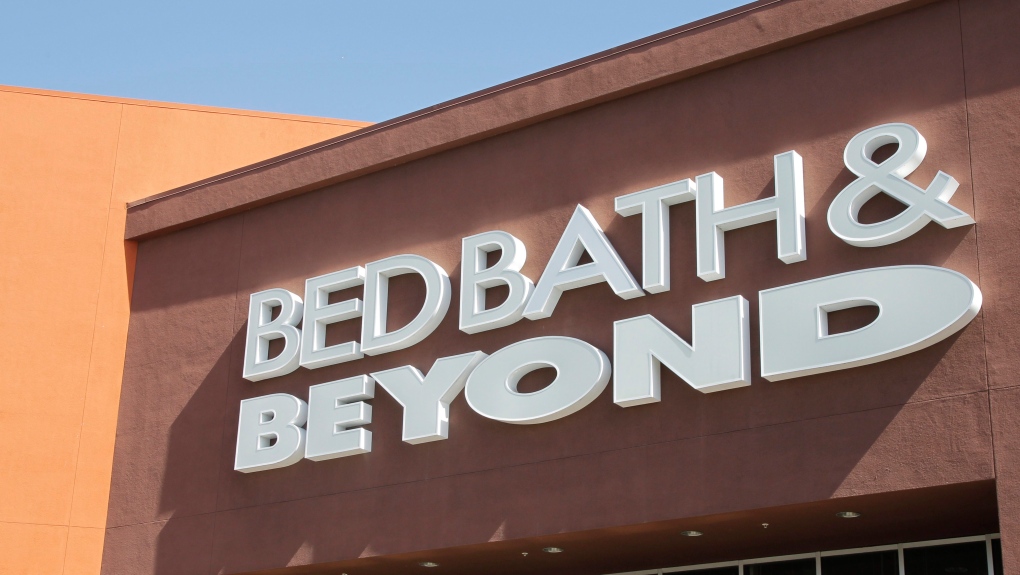
Bed Bath & Beyond, one of the original big box retailers, has filed for bankruptcy protection after years of dismal sales and losses and numerous failed turnaround plans. The company made the filing in U.S. District Court in New Jersey on Sunday and said that its store and websites will remain open, for now. Bed Bath & Beyond listed estimated assets and liabilities in the range of US$1 billion and US$10 billion. The move comes after the company failed to secure funds to stay afloat.
The company said it voluntarily made the filing “to implement an orderly wind-down of its businesses while conducting a limited marketing process to solicit interest in one or more sales of some or all of its assets.” Its 360 Bed Bath & Beyond and 120 Buy Buy Baby stores and websites will remain open and continue serving customers as it «begins its efforts to effectuate the closure of its retail locations.»
Bed Bath & Beyond has been struggling to turn around its business and slash costs after previous management’s new strategies worsened a sales slump. The company announced in August it would close about 150 of its namesake stores and slash its workforce by 20 per cent. It also lined up more than $500 million of new financing.
Founded in 1971, Bed Bath & Beyond had for years enjoyed its status as a big box retailer that offered a vast selection of sheets, towels and gadgets unmatched by department store rivals. It was among the first to introduce shoppers to many of today’s household items like the air fryer or single-serve coffee maker, and its 15 to 20-per-cent coupons were ubiquitous.
But for the last decade or so, Bed Bath & Beyond struggled with weak sales, largely because of its messy assortments and lagging online strategy that made it hard to compete with the likes of Target and Walmart, both of which have spruced up their home departments with higher quality sheets and beddings. Meanwhile, online players like Wayfair have lured customers with affordable and trendy furniture and home decor.
In late 2019, Bed Bath & Beyond tapped Target executive Mark Tritton to take the helm and turn around sales. Tritton quickly reduced coupons and started to introduce store label brands at the expense of national labels, a strategy that proved disastrous for the retailer.
The pandemic, which happened shortly after Tritton’s arrival, forced the retailer to temporarily close its stores. It was never able to use the health crisis to pivot to a successful online strategy as others had, analysts said. And while many retailers were grappling with supply chain issues a year ago, Bed Bath was among the most vulnerable, missing many of its 200 best-selling items including kitchen appliances and personal electronics, during the 2021 holiday season.
Bed Bath & Beyond’s recently appointed president and CEO Sue Gove blamed the poor holiday performance on inventory constraints and reduced credit limits that resulted in shortages of merchandise on store shelves. The company warned on Jan. 5 that it was considering various options including filing for bankruptcy and said that there was «substantial doubt» that it could stay in business.
The company also said in a Securities and Exchange Commission filing in late March that it planned to sell $300 million worth of shares to avoid bankruptcy filing. However, its financial performance continued to deteriorate, and it was unable to secure funds to stay afloat.
Bed Bath & Beyond’s shares, which were trading at distressed levels, have also been on a turbulent run. It made a monstrous run from $5.77 to $23.08 in… (it is recommended to complete this sentence as it is cut off in the original article)